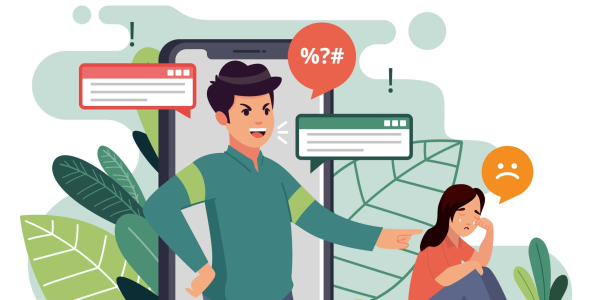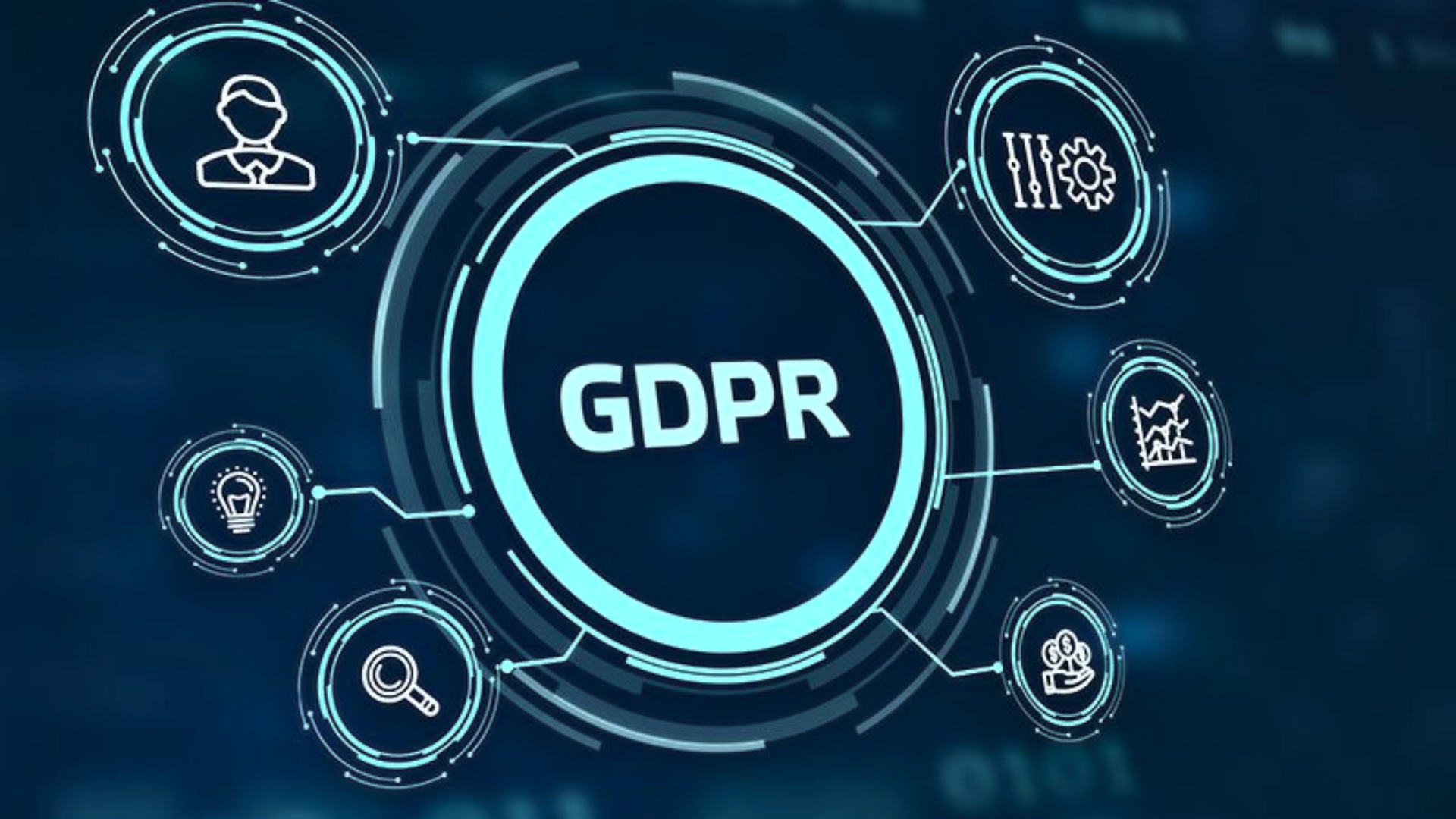In the first blog of this two-part series, I discussed what could go wrong with Employee PoSH Awareness Training. I also gave many references, which I used to come to my inferences. The primary consideration was a Harvard Business Review article (link below) and my own experiences as a PoSH Trainer and External Member.
I posed the following questions and attempted to answer them in the Part-1 of this blog series.
What are the things that could go wrong with PoSH Awareness Training?
How much of a candid discussion usually takes place in the PoSH Workshops?
Who bears the brunt of the backlash if training is short of time or not done right?
What are the repercussions of shoddy PoSH Awareness Training?
What should we change about the training programs?
In Part-2 of this series, I would like to discuss Low-Intensity Sexual Harassment and Bystander Intervention as part of PoSH Awareness Training.
Bystander Intervention (BI):
A PoSH Awareness Training of 1-1.5 hrs cannot achieve the objective of changing the harasser’s mindset the way colleagues can when given time and training on BI. It is wise to recruit like-minded employees during the PoSH Training and train them on BI in separate modules. As per studies, this approach continues to work several months after the Bystander Intervention Training is over.
When done right, the BI’s merits are many. BI’s pitfalls when we do not handle it with the sensitivity and discipline it needs are plenty too.
Sexism, which is also quite common in the workplace, is a perfect behavior to address using BI techniques. And yet, it is not. I will take up Sexism and BI in another blog.
Why only Low-Intensity Sexual Harassment?
Only harassers of low-intensity Sexual Harassment might be receptive to Bystander Intervention. I have given some examples of low-intensity Sexual harassment further below.
Suppose the harassers are doing high-intensity Sexual Harassment. In that case, Bystanders need to take a call on how and when to intervene. They definitely should inform the authorities and also ask the victim if they can be of any help, for example, in filing a complaint or testifying before the IC. But harassers of high-intensity Sexual Harassment may not be as receptive to an attempt to speak to their higher conscience/rational mind at the time of the incident. They may even retaliate instantly, or threaten/intimidate the Bystander or the victim. Hence, this is a subject that needs more discussion.
Another situation when you might not want to intervene instantly is when the harasser is very senior to others. Context matters!
What is Bystander Intervention?
BI is recognizing a potentially harmful situation and stepping in such a way that could change the outcome positively.
Interesting Stats: Research shows that if you are alone, you will help 80% of the time. But if you are in a group, you will help only 20% of the time. This behavior is termed diffusion of responsibility – you think someone else will do something.

- Direct: Address the situation directly. Step in and say or do something to help.
For example, if someone is posting sexually inappropriate messages or videos in your official group chat, you could tell that person, “Hey man! It’s not a good idea!” You can take a call on whether you want to say to him directly on a personal chat or in the group chat itself. Here the idea is that you feel safe to intervene, and you are reasonably confident that the situation will not become adverse to you or others.
Another example is someone telling lewd jokes or using vulgar language (in-person or in a virtual meeting). It is an apt moment for you to step in and convey that this behavior is not appropriate. You could say, “Bad joke! Let’s not share or even laugh at such jokes.” Using the word us instead of you diffuses the situation by not offending the speaker. It also conveys firmly that “this behavior is not acceptable to any of us.”
Rainmaker Opinion: Using vulgar language and sexually colored remarks in the workplace is very common and gets many employees in trouble. It is an offence under the PoSH Law and needs to be stopped. PoSH Awareness Training must include discussing this subject and training the employees on intervening whenever they witness this behavior at the workplace. It is an easily preventable situation with the Bystander Intervention Training.
- Distract. Find a way to sidetrack the attention of those misbehaving.
For example, If two colleagues interact and the harasser uses sexually colored remarks, the Bystander can call one of the person’s cells. The Bystander can tell one of them that someone is urgently looking for him/her. Later, the Bystander could speak to the harasser alone and explain directly or have an HR or another senior colleague do it (Delegate). This is a great tactic which keeps the Bystander from getting involved in the heat of the moment, and still prevents the situation from worsening. It also gives the Bystander a moment to consider if they want to intervene or delegate the task to a higher authority.
Note: These three techniques (Direct, Distract & Delegate) are commonly used in colleges in the US, and even the US Army has adopted them.
- Delegate. Work with someone else, so you are not in it all by yourself. You can also find someone else in a position of authority to address the concern. That way, you don’t have to get involved if you don’t want to.
For example, If you are at a party and someone is trying to get someone else intoxicated, you can alert the party host.
As stated above, once you have Diffused the situation, later there is plenty of time for you to Delegate the task of speaking to the harasser to a senior and trusted employee or person of authority (Manager).
Speak Up! What does this mean?
We often say as part of PoSH Training, “When you see a colleague in a Sexual Harassment situation, Speak up!” What exactly can it entail?
It can be any of the above three Strategies.
Some Low-Intensity Sexual Harassment harassers may see reason if someone makes an effort to speak to them. For slightly difficult harassers, two colleagues could get together and talk to the person privately.
The focus is to appeal to a better sense of the harasser. Usually, when more than one of his colleagues is telling him what he is doing is wrong, the likelihood is that he will stop. Of course, the same applies to women also.
I am basing this assumption on human social behavior proved by an experiment known as the Asch Conformity, conducted in 1951. We all have an inherent need to conform with our peers/co-workers.
“Sexual Harassment is Wrong,” or “You Need to Stop”
The harasser might be doing something wrong, even unknowingly. For example, He/she may be using foul/vulgar language with colleagues thinking everyone is having fun; hence the language is acceptable. Sometimes, the aggrieved woman laughs to conform, not because she is not offended. She may even give subtle cues through her body language that she is offended, but the harasser misses them. The harasser is trying to “lighten the mood,” but this will not constitute his defense once the woman files a Sexual Harassment complaint.
Is this even Sexual Harassment?
The harasser comments on co-worker’s clothes and how her/his body looks in those clothes. The statement to a woman colleague could be, “When you wear that skirt and walk, from behind, you look…different.”
As an example of indirect Sexual Harassment, the statement to a male colleague could be, “Every morning your pants become tight” (implying that he works out in the morning). The harasser cannot imagine these comments to be sexually colored. He ‘believes’ he is perfectly within his limits and only saying in a ‘lighter vein’ to keep the mood of the team jovial. Remember, he is not an expert on the PoSH Act and may miss the nuances, which a woman would perhaps catch quickly and instinctively.
To a woman, these statements could very well be sexual, offensive, and embarrassing. Remember, even indirect comments (made to a third person) can be sexually offensive to the aggrieved woman/ Complainant and are covered under the PoSH Law.
Note: A person who comments on clothes in a sexually offensive way and says many other humiliating or embarrassing things leads to a Hostile Work Environment under the PoSH Act. This behavior constitutes Sexual Harassment, even though many employees do not understand how and why it does.
Such a person (harasser) would likely want to listen to his co-workers, when explained in a non-confrontational way, at a slightly later time. He would like to conform to his co-workers when they objectively inform him that what he is doing can be construed as Sexual Harassment. He could get in trouble if she decided to file a complaint.
If many employees are part of such a hostile work environment, they all could benefit from a talk with the Manager.
Rainmaker Training is mindful of employees’ psyche’s predicaments & strives to make your employees aware & not evoke negative emotions (as described in Part-1). We offer Bystander Intervention as a separate workshop in an In-Person format. This PoSH Training is not a one-time session but a series of sessions conducted at regular intervals and continuous ‘to and fro’ feedback. These sessions aim to equip employees with the right tools to be active bystanders rather than passive witnesses.
Our objective is to help organizations create safe workplaces. Rainmaker’s Business model is not based on handling inquiries but on preventing situations leading to inquiries through hallmark PoSH Training.
Note: Do not encourage employees to intervene in Sexual Harassment situations (even of low-intensity) without the necessary Bystander Intervention Training; as such PoSH Awareness Training can backfire. First of all, this intervention needs tools and techniques which only good training and practice can impart. Without training and experience, the intervention could take a situation from bad to worse. This risk is the reason many expert trainers are against BI. But when done right, it can work wonders for your workplace.
Let’s keep in mind that the HBR article quotes studies for non- Indian workplaces. Moreover, the HBR article’s Stats are impressive but gathered from US Campuses and the US Army. We need to study and understand PoSH Awareness Training and BI better from an Indian workplace perspective.
Author: Sumali Nagarajan
DISCLAIMER – No information contained in this website may be reproduced, transmitted, or copied (other than for the purposes of fair dealing, as defined in the Copyright Act, 1957) without the express written permission of Rainmaker Online Training Solutions Pvt. Ltd.
References:
Why Sexual Harassment Programs Backfire by Frank Dobbin and Alexandra Kalev from Hbr.org
What
it really takes to stop sexual harassment by Brendan L. Smith from Apa.org
Power (not Gender)
Driving Sexual Harassment in the Tech Industry by Professor Jennifer Jordan from Imd.org
Five
charts show sexual harassment in workplaces is being recognised – but much more must be done by Kanishk
Karan from Scroll.in
What is Bystander Intervention by Student Affairs from
Studentaffairs.lehigh.edu
It’s Not Always Clear What Constitutes Sexual Harassment. Use This Tool
to Navigate the Gray Areas. by Kathleen Kelley Reardon from Hbr.org
Sexual Harassment in the
workplace continues to be under-reported. Here’s why women remain silent! by Serein from Medium.com
For PoSH training for employees, check out our PoSH e-module, WorkSafe DELTA trailer today. https://www.youtube.com/watch?v=3cVxAPKkGQ4











